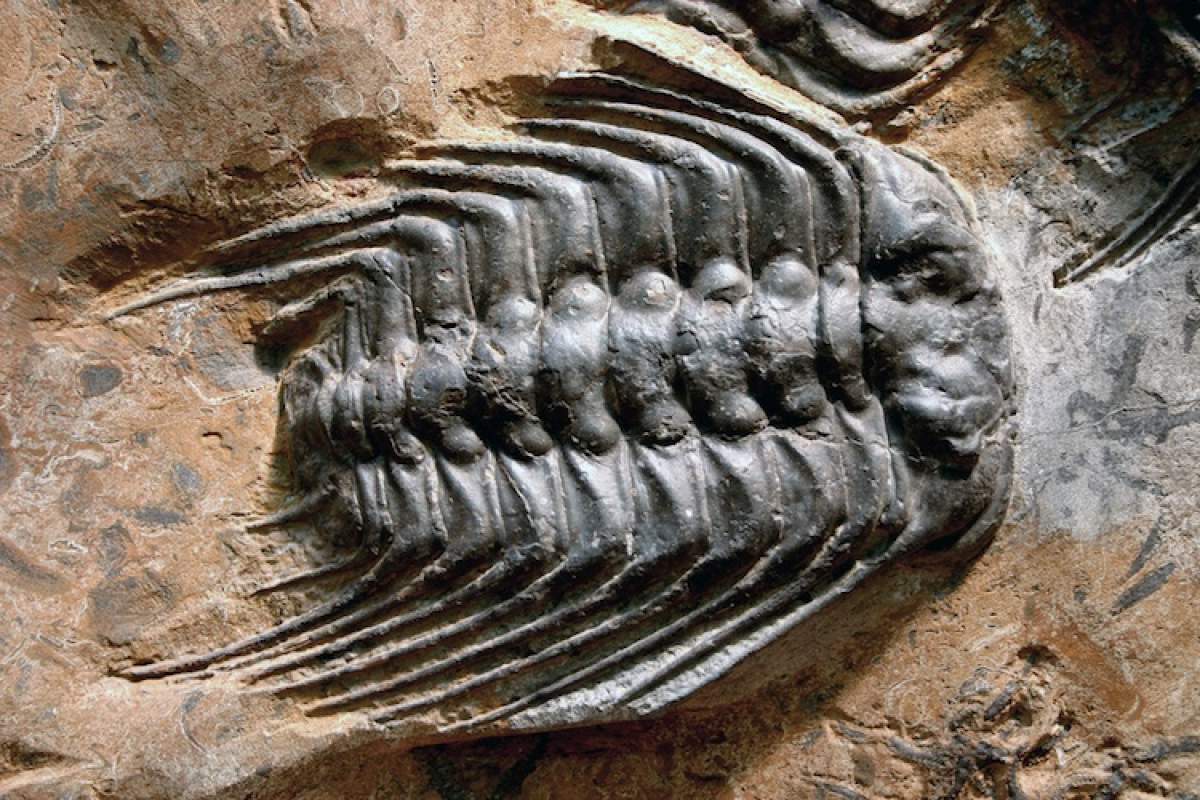
Isn't it great that we have oxygen to breath? We'd sure be in trouble without it. But did you know the air on our planet hasn't always contained oxygen?
Earth was formed about 4.6 billion years ago, and most geological evidence indicates that there was little oxygen in the Earth's early atmosphere, maybe for as much as the first two billion years of our planet's history.
Ancient river deposits older than about 2 billion years contain oxygen-sensitive minerals such as pyrite, which don't persist in the presence of oxygen. However, in ancient soils younger than about 2.3 billion years old, scientists find iron oxides (basically rust) that form when soils react with oxygen.
Still, fossil evidence indicates that there was bacterial life on the early Earth. How could it live? The answer is that, like many modern bacteria, early life was anaerobic. That is, their metabolism doesn't require any oxygen.
Complex, many-celled forms of life, such as trilobites and shellfish, didn't appear until about 600 million years ago, long after atmospheric oxygen reached more modern levels. Where did all that oxygen come from?
Oxygen came from cyanobacteria the first organisms to produce oxygen by photosynthesis.
Read More:
- Precambrian time (National Geographic)
- The Archean Eon and the Hadean (University of California Museum of Paleontology)









